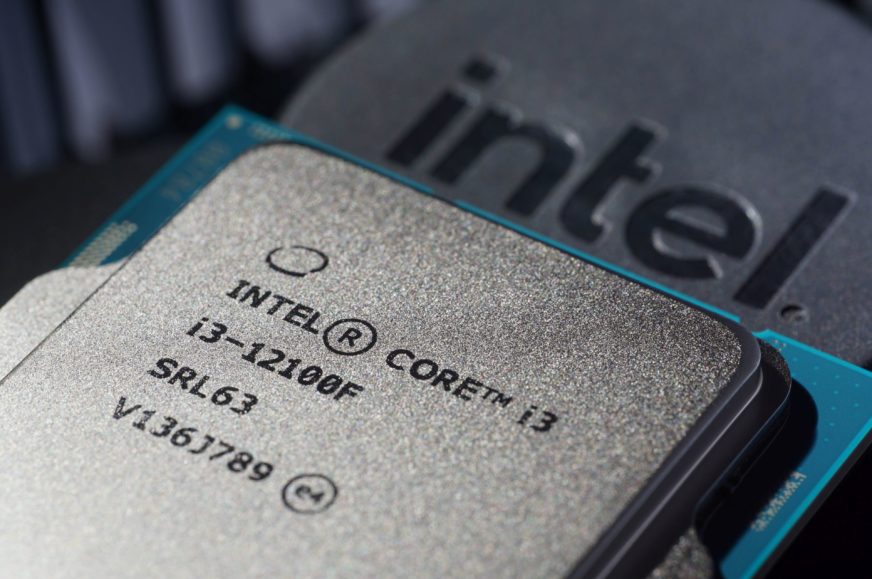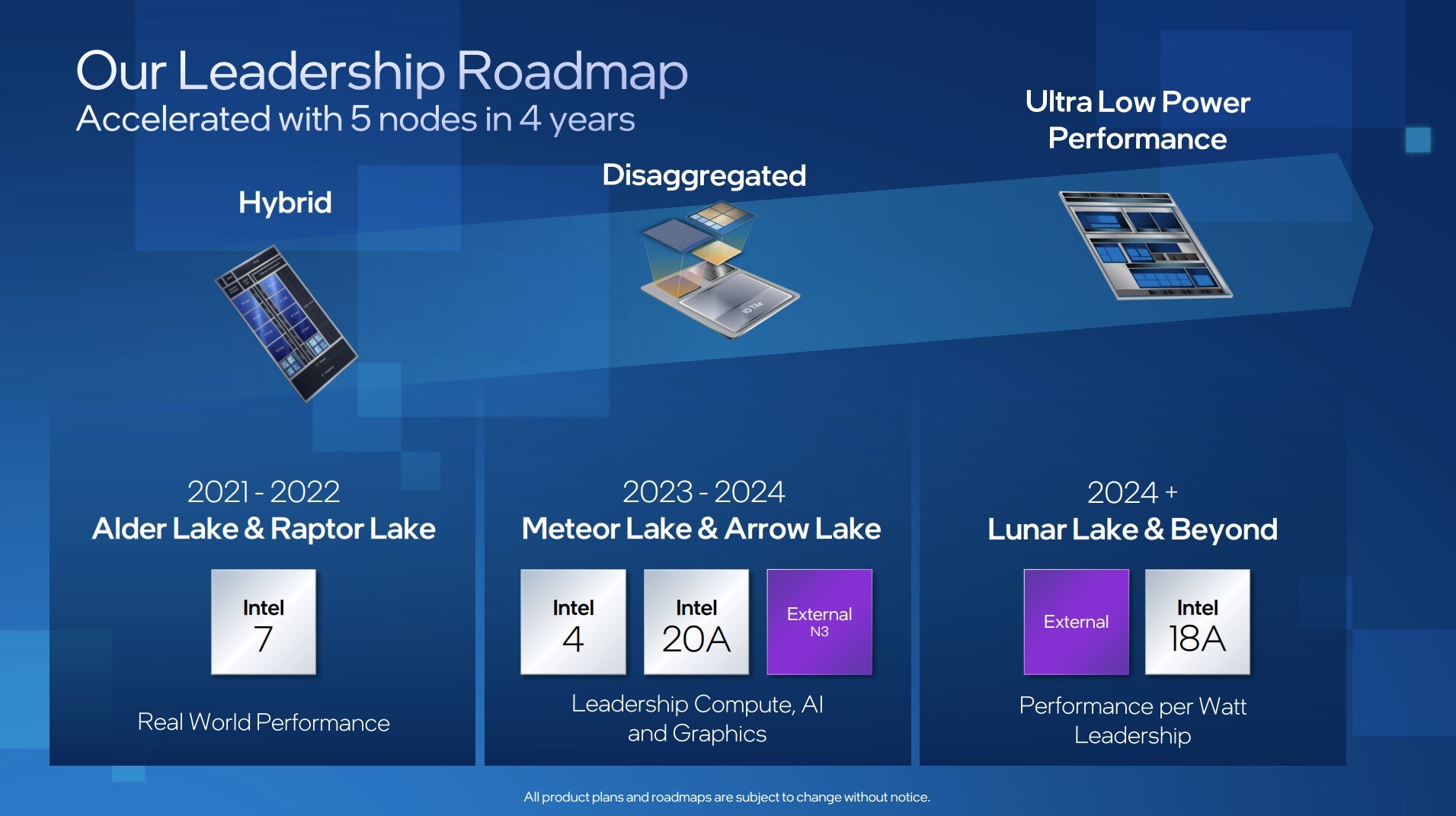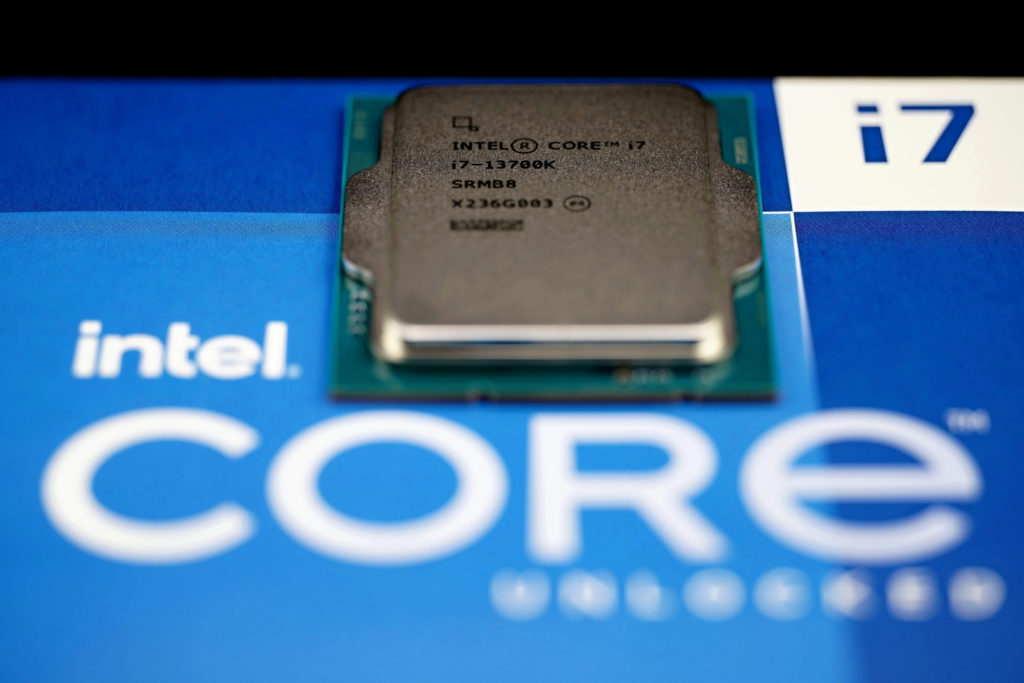Intel P-Cores might be stuck with just one thread from now on
It was recently revealed that Intel will end the distinctive “Core iNumber” CPU branding that has served it since the groundbreaking Nehalem architecture. But it might also abandon a much more important constant that came with these processors: the ability to process two threads one a big core known as Hyper Threading or HT technology (which originated in Pentium 4, but it was only after its return in Nehalem that it really shone).
Fortunately, this is not something that’s 100% clear yet, but there have been reports in recent days suggesting that Intel could take this step and the HT feature could disappear from Arrow Lake and Lunar Lake (with Lion Cove architecture) processors. These would be the 15th generation Core (to be released in 2024) using the 3nm manufacturing node and the 16th generation released around 2025 respectively – however, Intel is already switching to new branding for these, so these generation numbers probably won’t be used anymore.
According to Chinese sources, Intel has removed the mention of Hyper Threading from the documents covering these processors, the technology is no longer listed among the features of the core architecture of these CPUs. This was stated on Twitter by Chinese leaker Xinoassasin1 who cited Intel’s NDA documents. YouTuber RedGamingTech has also chimed in with support, adding that various other sources supposedly agree with Xinoassasin1.
This would be a fundamental change that would worsen the multi-threaded performance of Intel processors, which HT (i.e. processing two threads on one core) significantly improves. HT makes it possible to exploit execution resources of a CPU core that a single thread fails to utilize due to dependencies or waiting for data from memory (if there is a lot of such stalls and pipeline bubbles, the performance gain can be significant), so it is potentially a very efficient tool. However, this feature is also very demanding to debug and validate (the CPU must ensure separation of the two threads’ contexts). And in recent years, it has also become the target of side-channel attacks.
It is not yet certain whether the removal of HT references from the documents really means that Arrow Lake and Lunar Lake will not be able to do HT. There may be some other explanation besides the architecture actually losing HT and the reasons may even be something trivial (like an simple oversight in the docs, or Intel just not wanting to mention HT in order to improve the image of E-Cores which don’t support HT). Of course, Intel has shown various missteps or dubious choices in recent years, so nothing can be ruled out, maybe it’s good to take this currently unconfirmed news least as a warning.
Possible reasons for abandoning SMT/HT
If the news turns out to be true, this move could have various explanations. For example, early comments suggested that HT might have been removed because of an implementation error (erratum in the architecture) – so it would only be a temporary thig. This motivation doesn’t sound very likely, because firstly, only one generation would likely be affected in such case, but secondly Intel would likely address this with a respin and a patched revision of the core, not by removing the feature. We saw this with the delay of Sapphire Rapids processors, which went through an unusually large number of silicon fixes before their repeatedly delayed release – Intel simply waited for the bugs to be fixed.
The possible removal of HT would thus be more likely to be deliberate choice driven by some technical reason. It has been mentioned that HT (or SMT, which is the generic name of this technology used by AMD and other companies) is very difficult to debug and verify for correct operation. It also adds a lot of complexity to the architecture. These is probably the main argument against using SMT/HT. They are also often raised by those who advocate the ARM platform or, more specifically, fans of Apple processors (where it is difficult to rule out “sour grapes” influence, given that ARM processors do not have these features, with exceptions like Cavium ThunderX2). In any case, such a simplification of the architecture, whether done to make development easier and faster, or to improve performance through streamlining (as transistor budgets used on HT could be redirected to increase single-threaded performance) could be the reason why Intel would want to abandon HT after 15 years.
Dropping HT could also be a consequence of some major architectural changes. For example, Intel could come up with a from-the-ground-up new architecture in Arrow Lake and Lunar Lake that would no longer be an evolution of the cores used in today’s processors. For example, consider the possibility that instead of building atop of the Golden Cove lineage, it would break away and be based on the Atom and E-Core architecture lineage, deriving a new high-performance P-Core from its foundation). In such a situation, it would not be unusual for the core not to have all the features of the unrelated architecture it is replacing (at least initially, anyway). However, in that case, HT could then return again in some later iteration when Intel adds those temporarily dropped things back into the new architectural lineage as well. This is what happened with the Core 2 processors in 2006–2007. These lacked HT for a while, unlike the older Pentium 4s processory, but in 2008 the follow-on Nehalem architecture merged this missing feature back in.
If this is the reason, it could be very interesting to see how Intel will deal with the lack of HT in servers, for which it is quite important, because it further increases the multi-threaded performance of the CPU. HT/SMT is also well suited for servers due to the fact that a server usually runs a large number of tasks in parallel. On the other hand, if the new architecture gave a massive single-threaded performance boost, the temporary lack of HT would not matter that much.
But let’s reiterate that this scenario is as yet unconfirmed; for the time being it is probably better to not consider it highly likely. It is still relatively likely that this is all a misunderstanding or a miscommunication. Which sounds like the better outcome — although who knows, perhaps eliminating HT would really free Intel’s hands and enable the architectural teams to design a much better core overall.
Sources: Xinoassasin1, Red Gaming Tech
English translation and edit by Jozef Dudáš
⠀











Would be really interesting if true. If they do drop HT, I think it would be because it’s somehow the better choice in terms of overall performance optimization.